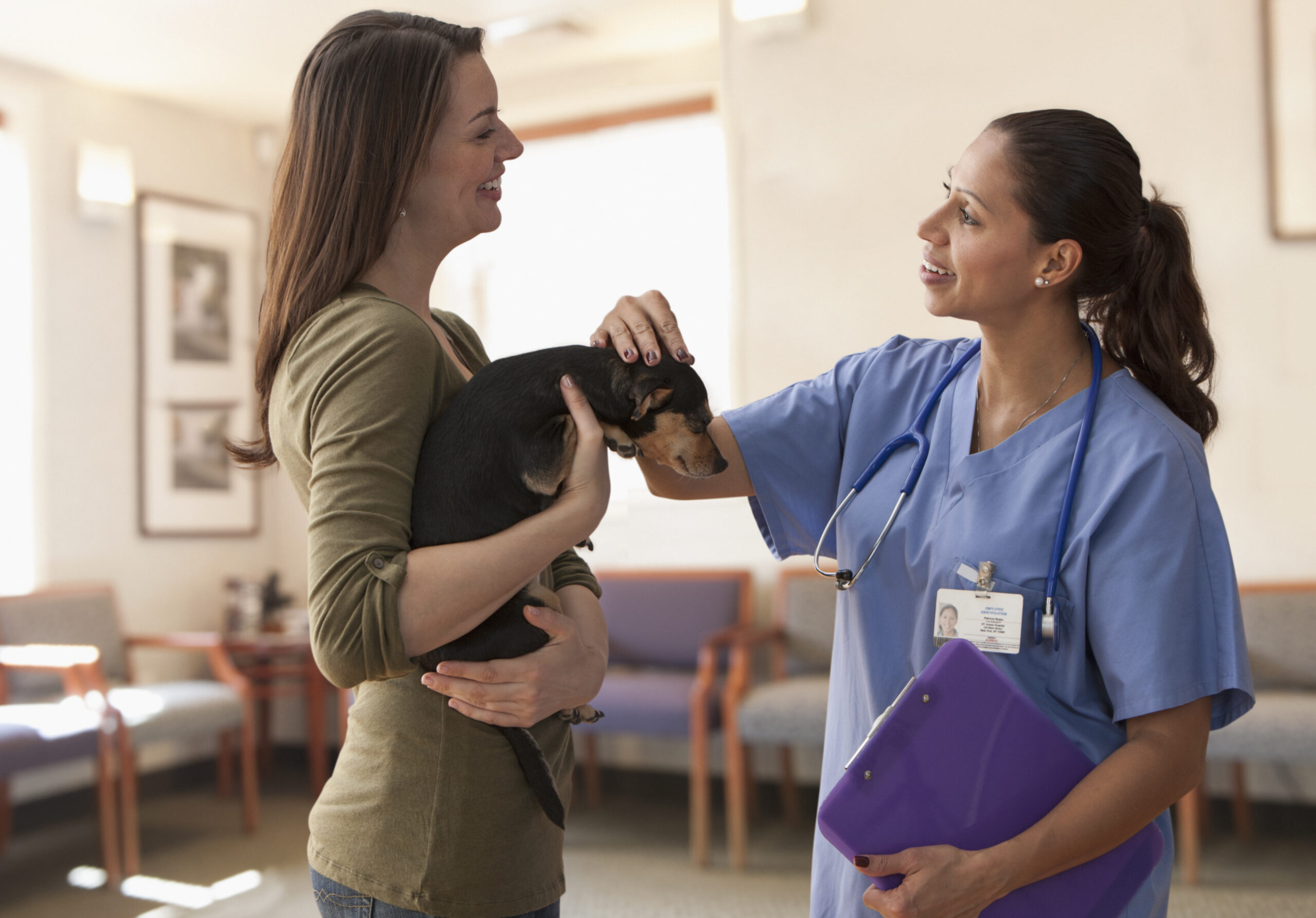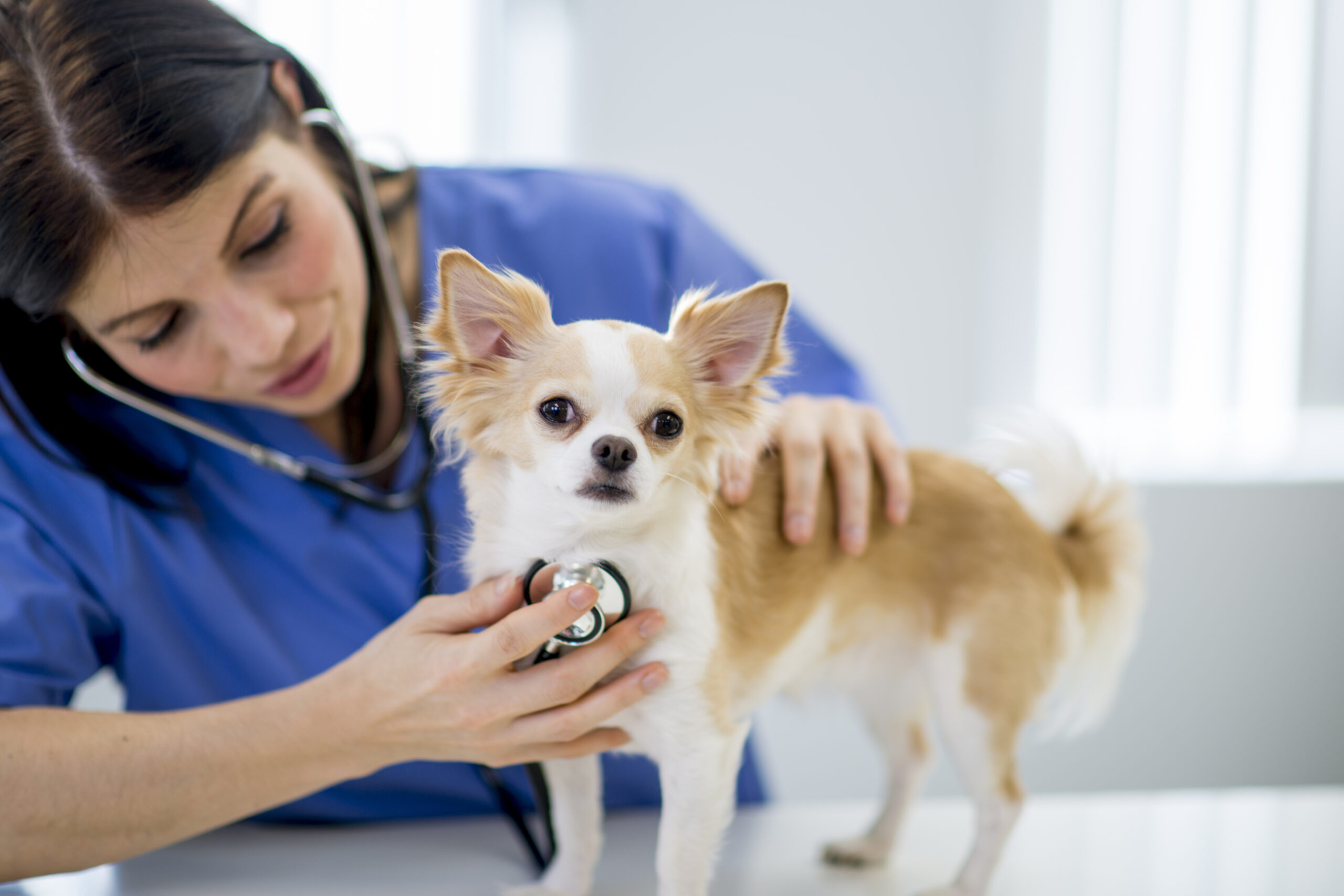6:19 pm

If your pet needs surgery, you may be concerned about them undergoing anesthesia. You may wonder whether the procedure is really necessary, or can be put off to avoid your pet being anesthetized. We understand that although you want the best for your pet, anesthesia and surgery can be scary. Fortunately, veterinary anesthesia has come a long way, and most procedures can be performed with minimal risk. The highly trained team at AERA, featuring board-certified specialist Dr. Marco Ruffato, incorporates practices that make every procedure as safe as possible. Although we cannot completely eliminate every pet’s anesthetic risk, we head off potential complications by preparing ahead, using the most advanced equipment and technology, and employing a highly skilled team to ensure your pet’s safety.
#1: Our anesthesia team includes highly trained veterinary professionals
Our AERA anesthesia team includes a board-certified veterinary anesthesiologist and a veterinary technician specialist (VTS) in anesthesia and analgesia. Although all veterinarians can administer anesthesia, a veterinary anesthesiologist undergoes several years of additional anesthesia-specific training to ensure a safe anesthesia experience for a variety of pets, including those with debilitating diseases and life-threatening injuries. To obtain a VTS in anesthesia, a registered veterinary technician must perform 6000 hours of anesthesia-related care, submit at least 50 written anesthesia case reports, and pass a board exam.
This combined advanced training offers a higher safety level for every AERA patient undergoing anesthesia. Under the guidance of our anesthesiologist and VTS, our entire team is prepared to handle the most challenging anesthetic cases.
#2: We perform a thorough preanesthetic screening on every patient
Anesthesia safety begins well before your pet steps foot in the surgery room. Prior to your pet’s anesthetic procedure, we will perform a thorough screening to ensure we have a full picture of their health status. Preanesthetic screening includes:

#3: We use individualized anesthesia protocols tailored to each pet’s situation
Every pet is different, and a standard anesthetic protocol is not appropriate in many situations. Instead of using the same medications, dosages, and techniques for every patient, our anesthesia team considers each pet’s specific needs, and uses that information to tailor an anesthetic protocol that will ensure the safest experience possible. By approaching each pet individually, we can safely anesthetize pets who are typically considered “high risk,” such as older, small, and pregnant pets, and those with chronic diseases, such as diabetes. For example, a pet with heart disease may require medications that cause minimal cardiovascular depression, a lower intravenous (IV) fluid rate, and continuous ECG monitoring throughout the procedure.
#4: We use the highest standard of anesthetic care possible
Anesthesia involves inherent risks, and each pet deserves the highest standard of care to ensure their safety. We place an IV catheter in every anesthesia patient, and provide fluids to maintain hydration and blood pressure, regardless of the procedure length. We place an endotracheal tube (i.e., breathing tube) to ensure your pet’s airway is protected, and they receive fresh oxygen throughout the procedure. We use pain medications so fewer anesthetic medications are needed, and to keep your pet pain-free before, during, and after their procedure.
#5: Our anesthesia team provides one-on-one constant monitoring throughout anesthesia
Anesthetic medications naturally suppress your pet’s vital functions, so a highly trained anesthesia team member will stay by your pet’s side throughout the procedure. Your pet’s personal nurse will monitor their various vital functions, such as:
A pet’s anesthetic risk does not end until they are fully awake, so a team member will remain with your pet during their anesthetic recovery and ensure they have safely come through the entire event.
At AERA, your pet’s health and safety is our top priority. If your family veterinarian has referred your pet to us for an anesthetic procedure, you can rest assured they will have the best team by their side. Contact us with any questions, or to schedule your pet’s procedure.